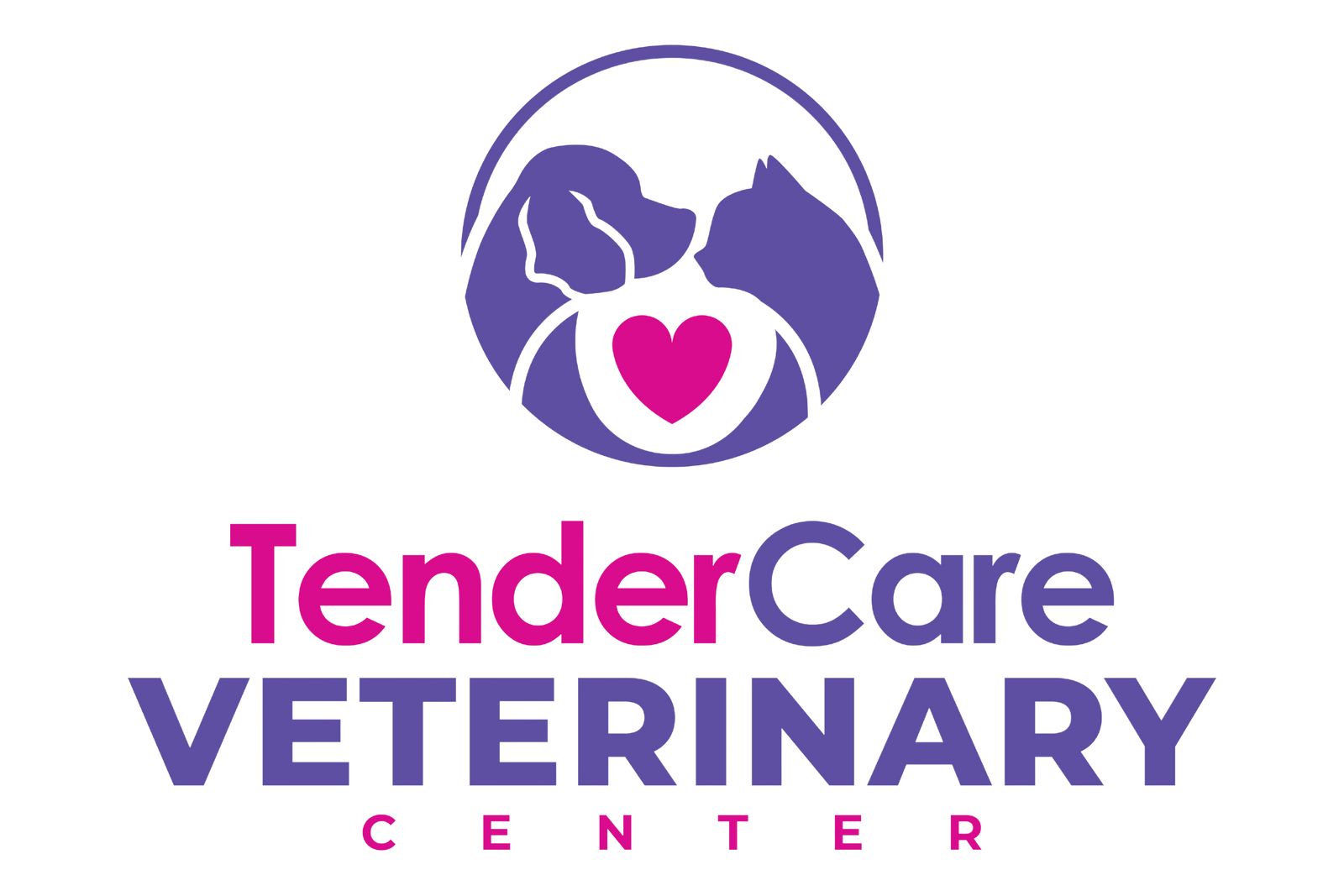Canine rehabilitation is similar to physical therapy in people. The purpose of canine rehab is to decrease pain and "to maintain, promote, and restore optimal function, optimal fitness, wellness, and quality of life" (Charalambous et al., 2022) for our canine companions.
Many patients can benefit from canine rehabilitation. We may typically think of post-op patients or dogs with a history of arthritis as those who benefit the most from rehab, but rehab can be beneficial for dogs of all ages and fitness levels, including 6-week-old puppies. By providing wellness rehabilitation checks, we can be proactive in addressing the health of the joints and muscles of our canine companions, allowing us to potentially slow down or even prevent the development of joint dysfunction and pain in the future.
We have a veterinarian certified as a rehabilitation therapist who employs manual therapies, laser, and therapeutic exercises based on findings after a thorough assessment.
Canine Physical Rehabilitation FAQ
1. What is it?
The process that "aids" in the prevention of injury and recovery from trauma, therefore expanding the physical potential and quality of life in our canine companions."
2. What common conditions affecting dogs are treated effectively with physical rehabilitation?
Arthritis, obesity, hip dysplasia, shoulder injuries and tendonopathies, patellar luxation, cranial cruciate ligament disease, intervertebral disc disease, and muscle strain or overuse injuries.
3. What is needed for a physical rehabilitation assessment?
Before the assessment, a complete physical exam and labwork are needed to ensure that it is safe to begin therapy.
4. What happens at a physical rehabilitation assessment appointment?
A comprehensive examination of the patient's musculoskeletal system is performed by Dr. Juli Potter, a small animal veterinarian and Certified Canine Rehabilitation Therapist with advanced training in the diagnosis and therapy of musculoskeletal disease in dogs.
5. What are the goals of physical rehabilitation?
The initial goals are to relieve pain and inflammation and to restore integrity to the injured tissues. Additional goals include increased range of motion, improve conditioning and strength, and return of normal function.
6. What techniques can we use during physical rehabilitation?
Rehabilitation is a multimodal discipline combining many therapies to help achieve these goals. Rehabilitation therapists may employ methods such as manual therapies, including joint mobilizations, massage, and myofascial release. Therapists may use modalities such as hot and cold therapy, laser therapy, NMES, PEMF, acupuncture or acupressure along with hydrotherapy. Passive range of motion exercises, stretching and therapeutic strengthening exercises are also an important part of therapy.
7. Can physical rehabilitation techniques be used to prevent problems?
Physical rehabilitation can help to prevent injury and to slow down the progression of musculoskeletal disease. Structural changes, stiffness, and pain can be identified before outward clinical signs are evident, and treatment of these changes can potentially slow down or even prevent the progression of dysfunction and pain.
8. What role do caregivers play in canine rehabilitation?
Caregivers play a vital role in the successful treatment of canine rehabilitation patients; environmental management. proper nutrition and maintenance of an ideal body weight, and home exercise programs are integral to recovery and prevention.
ALL canines, from puppies to seniors, can benefit from a physical rehabilitation exam.
Dr. Potter is currently seeing patients at TenderCare Veterinary Center on Tuesdays. Call 540.943.9080 for an appointment!
